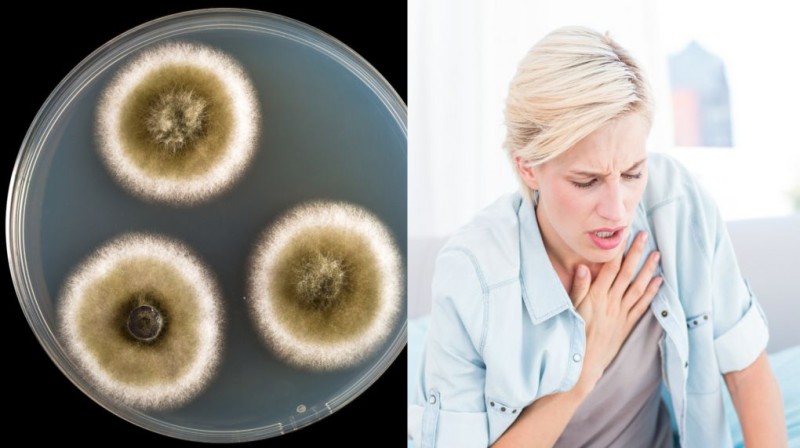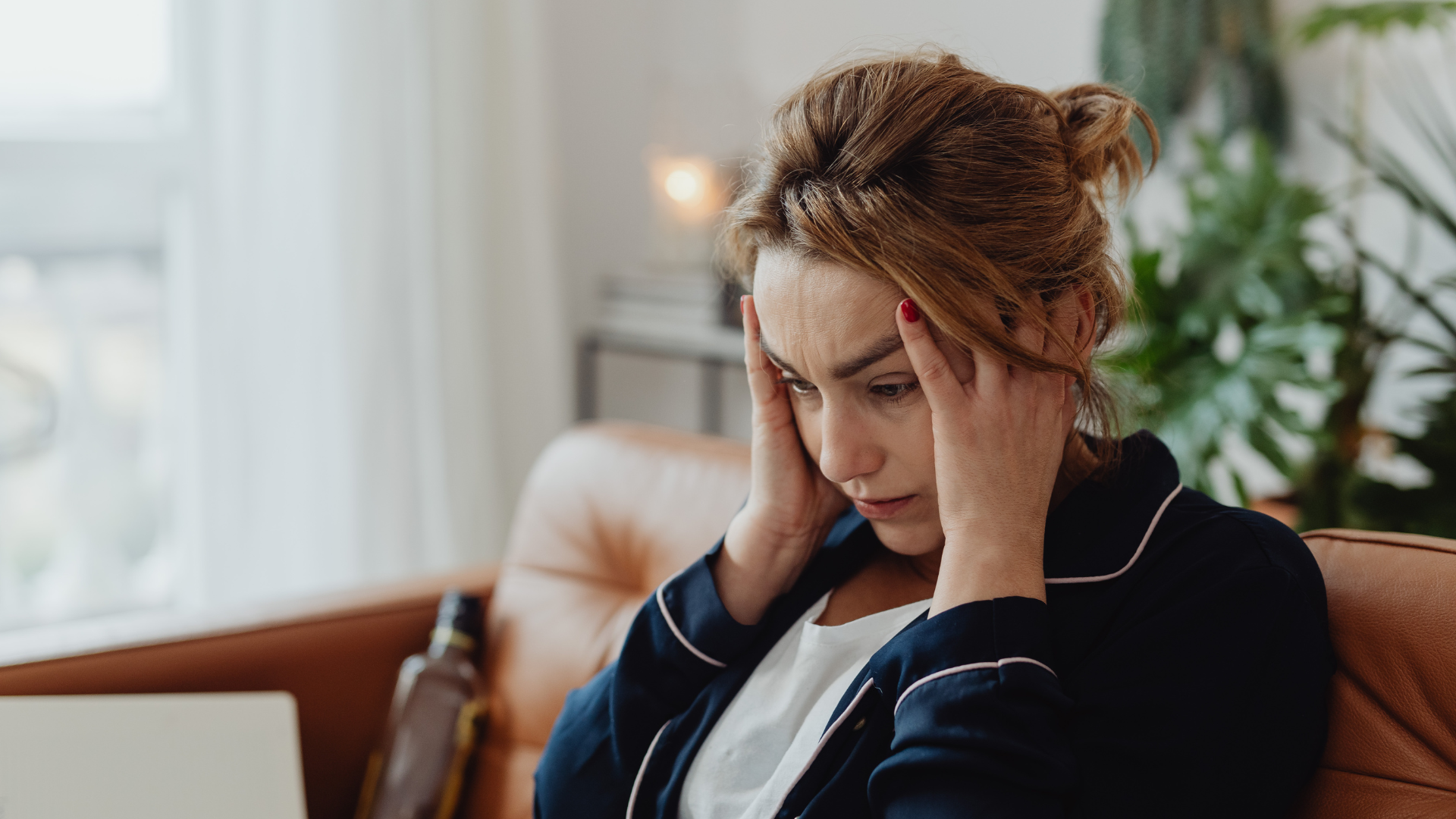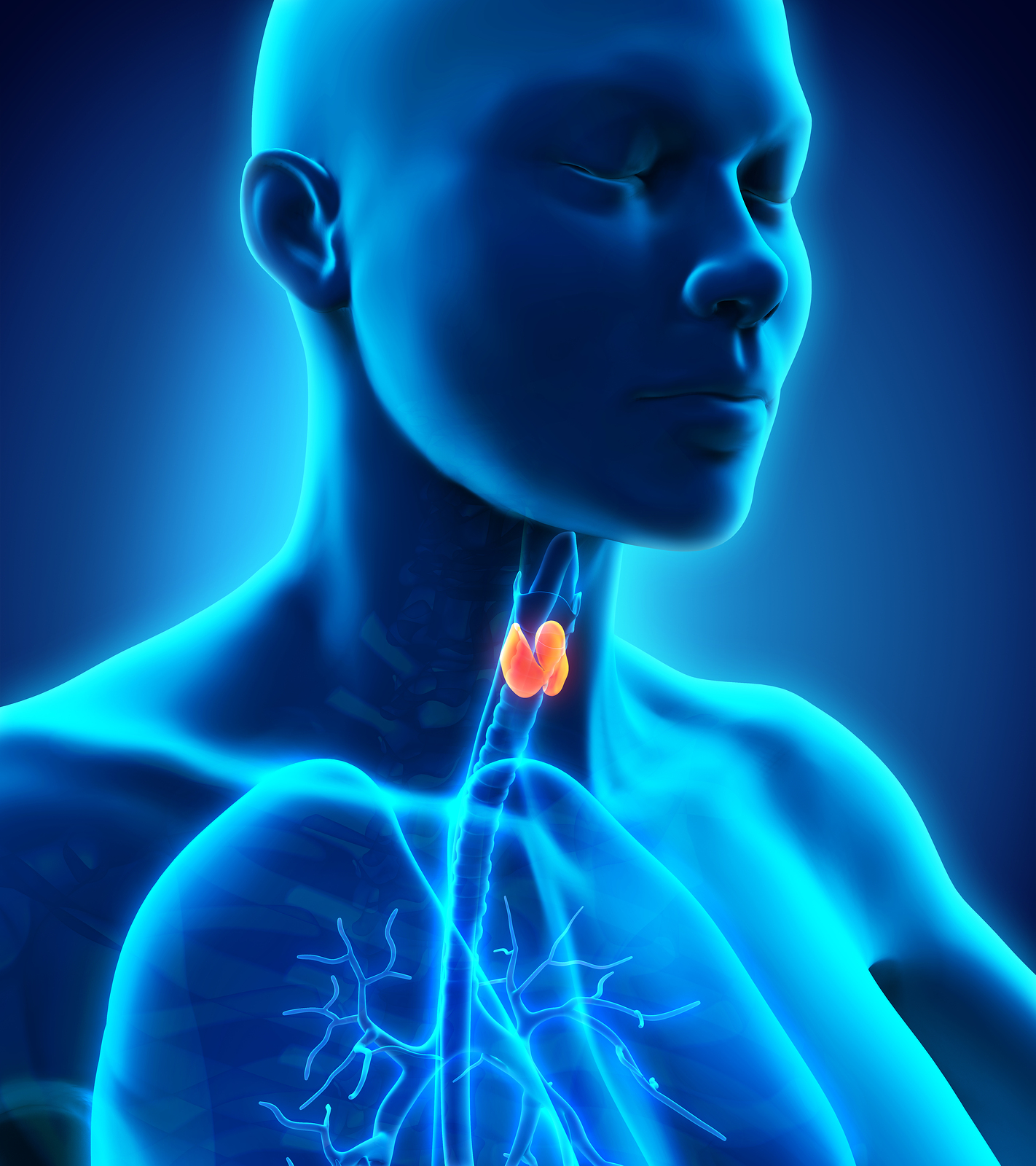When I first started my functional-medicine journey, I had never heard of biotoxin illness. Several years into my training I heard it mentioned in a few medical conferences, but I shied away from learning it or treating it. Too complicated. Too controversial. However, as a physician, it is in my nature to want to help my patients feel better, and specifically as a functional medicine physician, to get to the root cause of their issues. I have had several very sick, lovely, and patient people present with glaring symptoms and nowhere else to go. So… I decided to take the plunge into learning how to help people recover from biotoxin illness.
What is a biotoxin?
A biotoxin is a toxin secreted by a living organism. This could be from mold, yeast, certain bacteria, or parasites. There is also suggestion that volatile organic compounds can mimic bio-toxins. Luckily, only 25% of the population is susceptible, but for those people exposure causes an overwhelming inflammatory response that just does not go away. The symptoms include cognitive issues, insomnia, depression, joint pain, fatigue, weakness, headaches, abdominal pain, shortness of breath, weight gain and many others.
How can so many symptoms be involved? It is due to a disruption in the regulation of inflammation that is triggered by the biotoxin. It creates a domino effect of inflammation that involves many systems.
The science explained
The susceptibility is due to a genetic defect of the immune system regulatory site on chromosome 6. Usually the immune system functions in two phases. The innate system recognizes the invader and mounts an inflammatory reaction to slow things down. This inflammation slows down the invader but also affects the host (you) with pain, swelling, inflammation, sort of like carpet bombing by the military that causes collateral damage. Meanwhile the adaptive immune system starts working on forming antibodies that specifically target the invader while leaving the surrounding area (you) unharmed, like smart bombs by the military. Once the smart bombs come in, the invader is neutralized and the inflammation resolves, as the war is over.
However, in 25% of the population, there is an inability of the immune system/military to turn on the adaptive immune system/make smart bombs that kill the invader with precision. They stay stuck in the massive-inflammation phase of carpet bombing, and there is A LOT of collateral damage. They get thrown into a tailspin of inflammation and suffer lack of regulation of their whole hormone system. This is because the control centers of their brains are so inflamed the neurons retract like a tortoise into its shell.
As if that is not enough, these toxins stick around for a long time, because the body can’t get rid of them. It tries, by secreting them with bile to be excreted through the intestines, but they get recirculated over and over because they are re-absorbed. Wait–it gets worse! The biotoxins change the way DNA is expressed in susceptible people, so they can continue to make inflammatory proteins (cytokines) even after the toxins are GONE. So symptoms persist LONG after the exposure.
The condition is appropriately called Chronic Inflammatory Response Syndrome, or CIRS (pronounced “sirs”) due to the lack of regulation of inflammation. It was first described by Ritchie Shoemaker, MD in 1997 when he treated multiple people who became very ill after exposure to fish infected with Pfiesteria. Since then he has done rigorous research and documentation of case studies on how to treat the condition.
Diagnosis is made by a history of exposure, the presence of multiple symptoms incorporating multiple organ systems, a visual test that detects neuro-inflammation (brain inflammation), and by laboratory evaluation showing the genetic susceptibility and multiple markers of inflammation. However, it must be noted that the markers of inflammation are obscure to traditional medicine. Many of the common markers of inflammation (like C-Reactive Protein, CRP) are often normal, so that these people are told by their physician “nothing is wrong with you”.
Treatment equals hope
There is hope. Treatment and healing are possible, in stages. First, get away from the exposure. This is life-changing if it is mold, as continued exposure to fresh biotoxins from mold will make recovery impossible. Then, a binder is used to prevent the biotoxin from being re-absorbed in the intestines. The one used most often is a medication called cholestyramine, a traditional-medicine cholesterol-lowering drug. It binds bile acids and causes them (and their attached biotoxins and/or cholesterol) to be escorted out of the body through intestinal elimination. There are many other aspects to treatment to reduce inflammation, but the removal from exposure and allowing excretion through the gut are two mainstays.
Now that I’m aware of the condition, I see it more often. I suspect it in people who are not responding to the usual therapies—those who are following the diet and lifestyle recommendations but have significant persistent symptoms. Or in people who present with overwhelming multiple symptoms that cross the borders into multiple systems, or those with a story suspicious for exposure.
I am not yet an expert in this field, but I’m learning. I do not know where this journey will end. Practicing root-cause resolution has truly been a wild ride for me as a physician. I’m just excited to have another direction to look with people who have otherwise fallen through the cracks in traditional medicine.





